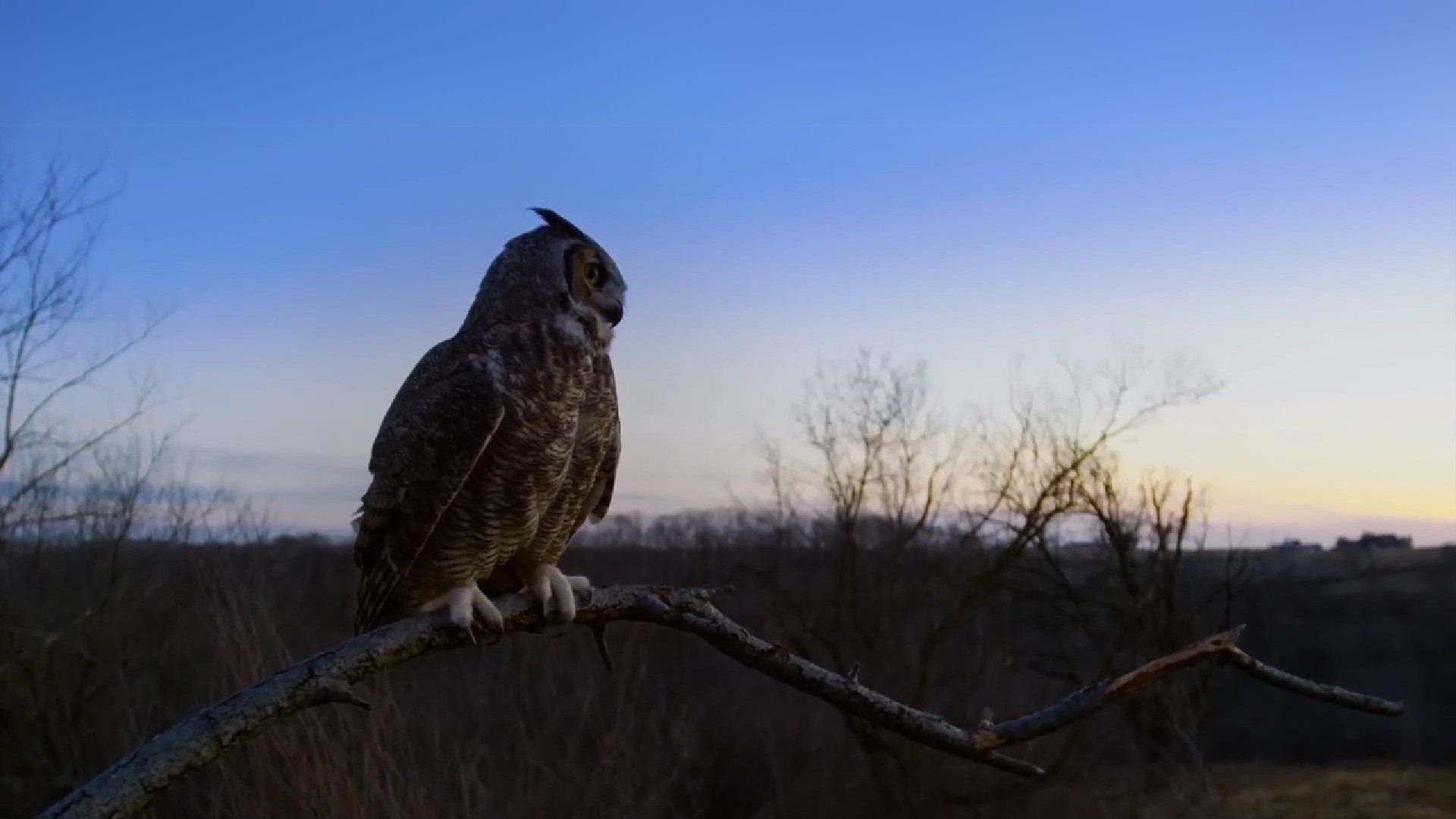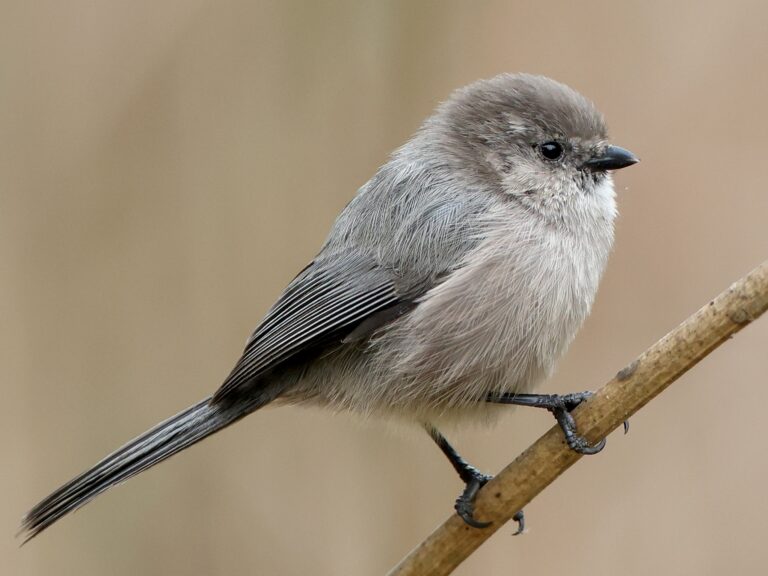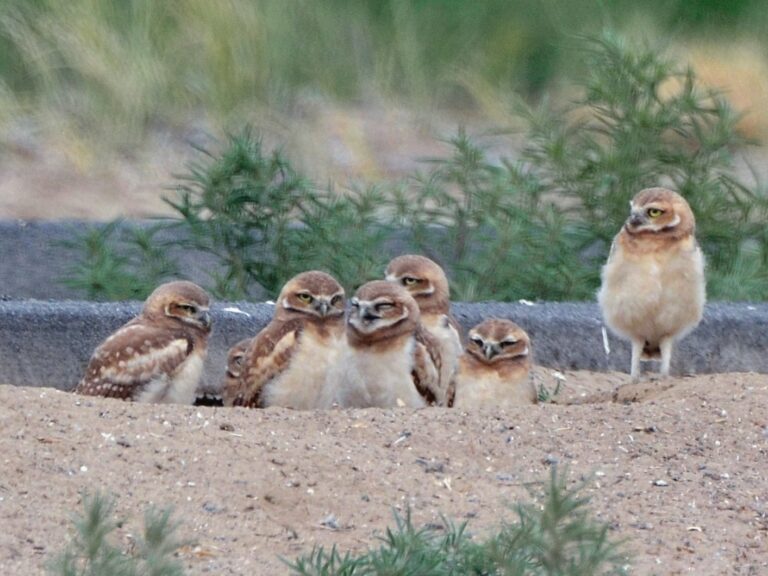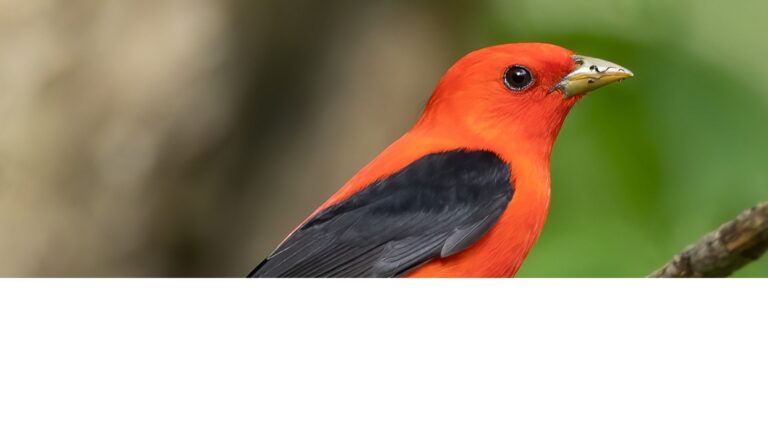Owls Hunting: Mastering the Art of Silent Predator Strategies
Owls are some of the most fascinating nocturnal hunters in the animal kingdom. With their silent flight and sharp senses, they have evolved unique adaptations that make them effective predators.
Owls hunting at night rely on their keen senses to locate prey effectively.
Owls hunting primarily at night, using their exceptional hearing and eyesight to locate prey, which can include small mammals, birds, owls hunting insects, and even other owls hunting.
Owls hunting techniques vary by species, with some using ambush strategies while others actively pursue their prey.
The ecological balance is maintained by owls hunting, as they control populations of their prey.
Each type of owl hunting serves a purpose in the ecosystem, showcasing their adaptability and skills.
Different species of owls hunting reveal their unique adaptations and hunting styles.
These birds possess specialized features such as facial discs that help funnel sound and feathers designed for stealthy movement. Their ability to pivot their heads almost completely around allows them to survey their surroundings efficiently.
Owls are not just skilled hunters; they also play an important role in controlling the populations of their prey in various ecosystems.
Understanding how owls hunt sheds light on their biology and behavior. This information can deepen appreciation for these remarkable creatures and encourage conservation efforts to protect their habitats.
Exploring the various techniques of owls hunting reveals their predatory skills and ecological importance.
Key Takeaways
- Owls are nocturnal hunters with specialized adaptations for hunting.
- They have a crucial role in managing prey populations in their ecosystems.
- Knowledge of owl hunting behavior can enhance conservation efforts.
Owl Biology and Species
Many owls hunting techniques emphasize stealth and precision, allowing them to be effective predators.
Owls are fascinating creatures known for their unique physical and behavioral traits. There are various species, each with specific characteristics that aid in their hunting and survival.
This section explores the distinctive traits of owls and highlights some of the most common species found across different regions.
Owls Hunting Techniques
Owls hunting requires a combination of skills, including stealth and acute senses.
Defining Characteristics of Owls
Owls hunting often rely on their ability to adapt to changing environments.
Each owl species has its unique methods of hunting that reflect its adaptations.
Owls possess several key traits that set them apart from other birds. Their large, forward-facing eyes enhance their night vision, allowing them to see in low light. The eyes are fixed in their sockets, so owls must turn their heads, which can rotate up to 270 degrees.
These birds also have excellent hearing, aided by asymmetrical ear openings that help pinpoint prey sounds. Their feather structure includes soft edges, which enable quieter flight, making them stealthy hunters.
Owls have strong talons and beaks adapted for grasping and tearing prey. Their diet mainly consists of small mammals, birds, insects, and sometimes other owls, showcasing their adaptability in various habitats.
Common Owl Species
Several owl species are notable for their distinct features and behaviors. The barn owl has a heart-shaped face and is known for its silent flight. It primarily hunts small mammals like rodents.
The great horned owl is one of the most widespread species in North America, recognized by its tufted ear feathers and powerful presence.
Owls hunting at night are often overlooked, but they play a vital ecological role.
Snowy owls, famous for their striking white plumage, are adapted to cold climates and often hunt in open fields.
The barred owl is known for its distinctive hooting call and is typically found in dense forests. The short-eared owl is unique for its preference for open habitats and hunting during the day.
Northern saw-whet owls are small and elusive, while eastern screech owls can be found in a variety of settings, including urban areas.
Long-eared owls are known for their long ear tufts and usually hunt in the dark. Each species has unique adaptations that aid in survival and hunting effectiveness.
Hunting Adaptations
Owls have developed remarkable features that enhance their hunting skills. These adaptations include exceptional sensory abilities, the mastery of stealth and flight, and specialized talons and hunting techniques. Each of these plays a crucial role in their efficiency as nighttime predators.
Exceptional Sensory Abilities
Owls possess unique sensory adaptations that aid in hunting. Their hearing is especially acute, allowing them to detect the faintest sounds made by prey.
They have a specialized auditory system that enables them to locate sounds in three-dimensional space, making it easier to pin down the exact location of a hidden mouse or other small animal.
These birds of prey have large, forward-facing eyes, providing them with excellent binocular vision. This gives them the ability to judge distances accurately in low light conditions. The combination of keen hearing and exceptional eyesight makes owls formidable hunters in the dark.
Mastery of Stealth and Flight
An owl’s flight is incredibly silent due to its specialized feathers. The leading edges of their wing feathers are serrated, breaking up the turbulence and reducing sound. This allows them to approach prey without being detected.
Their flight style is also remarkable. Owls are capable of gliding effortlessly through trees and open spaces. They can maneuver with precision, using their wings and tail feathers to control direction.
Understanding owls hunting can provide insights into their roles in the ecosystem.
This stealthy approach is essential for ambushing prey effectively, ensuring they remain elusive while hunting.
Talons and Hunting Techniques
Owls have powerful talons designed for hunting. Their talons are curved and sharp, providing an effective grip on slippery prey.
When an owl catches its target, these talons deliver a strong grip that ensures the prey cannot escape.
Observing owls hunting in their natural habitats can be a rewarding experience.
Additionally, owls use various hunting techniques based on their environment and the type of prey they seek. Some may hunt by perching silently and waiting for movement below, while others actively hunt in flight. This adaptability illustrates their skill as predators, enabling them to thrive in diverse habitats.
Owls hunting play a significant role in sustaining the balance of their ecosystems.
Owls’ Prey and Predatory Impact
Owls are significant predators in many ecosystems, impacting various prey populations. They primarily target small mammals, especially rodents and, to a lesser extent, birds and insects. Understanding their prey spectrum and the consequences of their hunting behaviors is crucial for grasping their ecological role.
Diverse Prey Spectrum
Owls have a varied diet that includes different types of prey. Their main targets are small mammals, such as voles, mice, and shrews. Some species also hunt birds, insects, and even reptiles.
Each owl hunting contributes to the intricate web of life within their habitats.
The size and type of prey depend on the owl species and its habitat.
For instance, larger owls like the Great Horned Owl can take down prey much bigger than themselves, whereas smaller owls may focus on insects or small rodents. This diverse diet allows owls to thrive in various environments.
Effects on Rodent Populations
Owls play a crucial role in controlling rodent populations. In ecosystems where owls are present, the numbers of rodents, such as voles, tend to stabilize.
This predation helps prevent rodent populations from exploding, which can lead to crop damage and the spread of diseases.
Owls can consume large quantities of rodents each night, significantly affecting local populations. In regions with a high concentration of owls, land managers often notice a decrease in rodent numbers, contributing to a more balanced ecosystem.
Impact of Rodenticides
The use of rodenticides poses significant risks to owl populations. These chemicals are designed to control rodents but can unintentionally harm owls and other wildlife.
When owls consume poisoned rodents, they can suffer from secondary poisoning, leading to decreased populations.
This negative impact raises concerns for biodiversity and ecosystem balances. As apex predators, owls are essential for keeping rodent numbers in check. Reducing reliance on rodenticides and promoting natural predator-prey dynamics is vital for their survival and the overall health of wildlife in affected areas.
Habitat and Seasonal Behaviors
Owls display specific habitat preferences and exhibit unique behaviors during different seasons. Understanding these aspects helps to appreciate how these birds thrive in various environments.
Habitat Preferences and Territoriality
Owls typically prefer habitats that provide shelter and ample hunting opportunities. Forests, wetlands, and open fields are common choices.
Barred owls, for instance, thrive in dense woods near water sources, which help in finding diverse prey.
Territoriality is crucial for owls. They establish and defend specific areas where they hunt and nest.
This behavior ensures access to enough food and reduces competition. Longevity is often linked to the effectiveness of these territorial habits, as younger and more inexperienced owls may struggle to compete.
Adaptations for Winter Hunting
In winter, when snow cover makes it harder to find prey, owls adapt their hunting strategies. They rely on their excellent hearing and vision to locate small animals under the snow.
Owls often change their hunting locations based on prey availability.
They may hunt from perches or venture into open areas where prey is easier to spot. Some species, like the snowy owl, are known to follow migrating rodents, ensuring a steady food supply during the colder months.
Frequently Asked Questions
Owls have unique hunting techniques and adaptations that enable them to thrive in their environments. Understanding their behavior, prey choices, and legal hunting regulations provides insight into their role in ecosystems.
Owls hunting at dusk and dawn are often more successful due to lower competition.
What adaptations do owls have for hunting at night?
Owls possess large, forward-facing eyes that gather light, allowing them to see well in low-light conditions.
Human activity can impact owls hunting, making conservation efforts critical.
Their eyes are also equipped with a high number of rod cells, which enhances their ability to detect movement in the dark.
By studying owls hunting behaviors, researchers can better understand predator-prey dynamics.
Additionally, many owls have specialized feathers that enable silent flight. This helps them approach prey without being heard.
What are the typical prey species for owls?
Owls hunting behaviors are shaped by their habitats and the availability of prey.
Owls primarily feed on small mammals, such as mice, voles, and rabbits. Some species also hunt birds, insects, and even reptiles.
The specific diet can vary based on the owl species and its habitat.
For instance, the Great Horned Owl is known to take down larger prey like squirrels and even small domestic animals.
Are there specific seasons when owls are more active in hunting?
Owls tend to be most active during the breeding season, which varies by species. During this time, they hunt more frequently to feed themselves and their young.
Generally, many owls are nocturnal, hunting during the night year-round. However, some can also be active at dawn and dusk, known as crepuscular activity.
Is it legal to hunt owls in certain regions?
In most places, it is illegal to hunt owls due to their protected status. The Migratory Bird Treaty Act in the United States prohibits the hunting of many owl species.
Local laws and regulations can vary, so it is important to check specific guidelines in each region.
How do owls use sound to locate their prey?
Owls have exceptional hearing abilities, which allow them to detect even the slightest sounds made by potential prey. Their ears are asymmetrically positioned, helping them determine the direction of sounds accurately.
This unique ability enables them to hunt effectively in complete darkness.
Can large owls hunt small domestic animals?
Yes, larger owl species, such as the Great Horned Owl, have been known to hunt small domestic animals like cats and small dogs.
Their hunting tactics involve stealth and speed, making them effective predators even in suburban areas.






